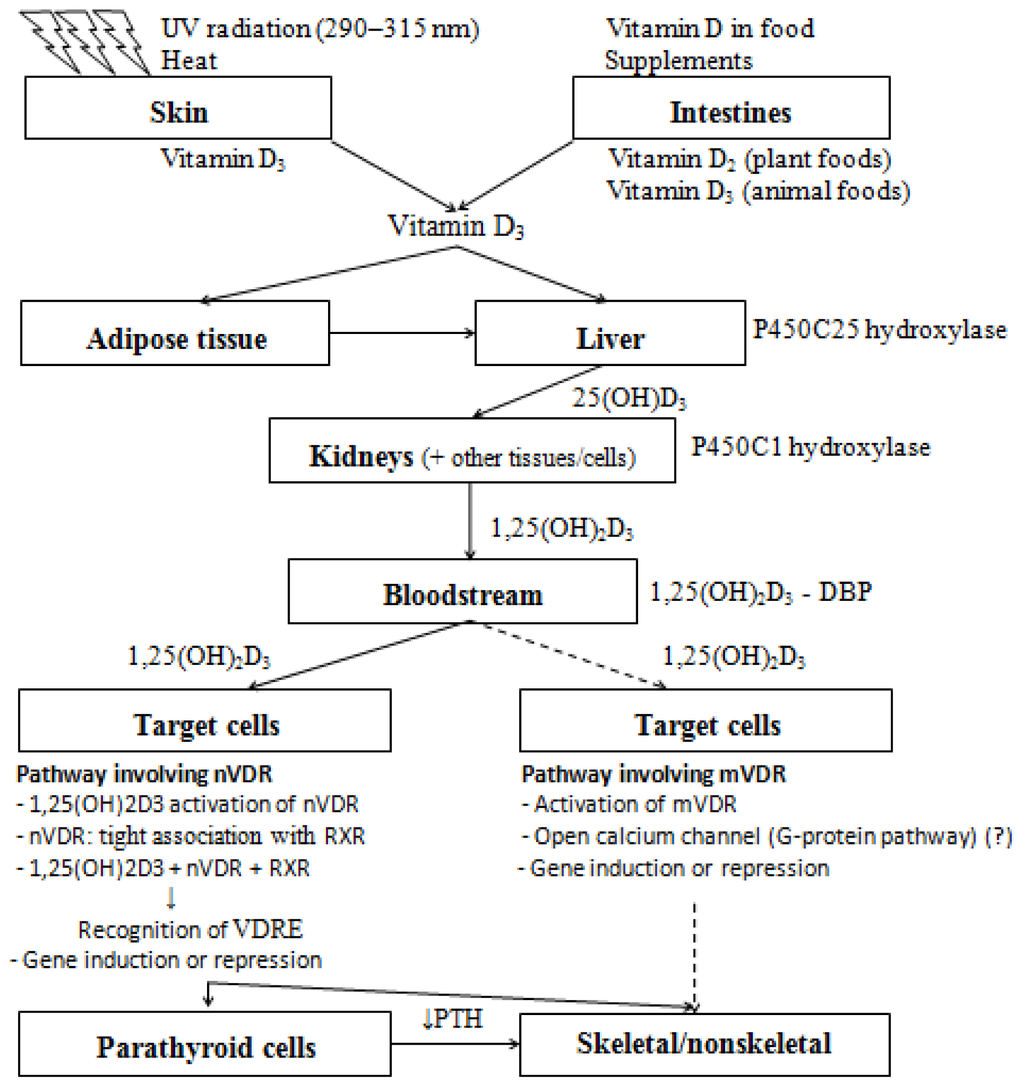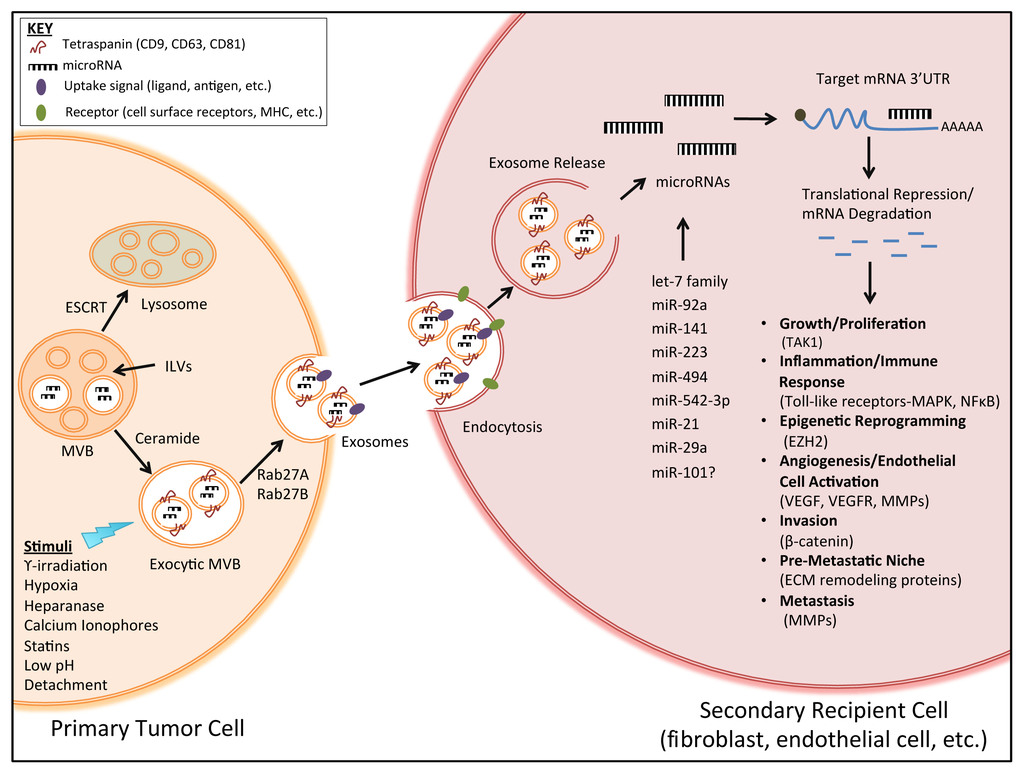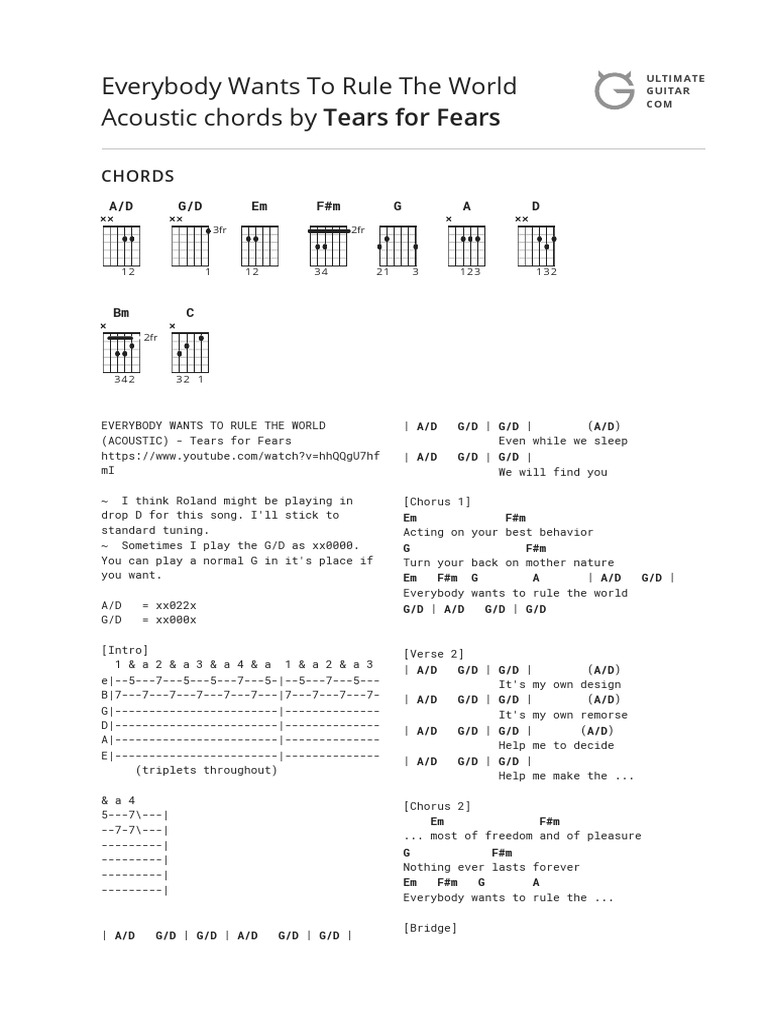IJMS, Free Full-Text
Por um escritor misterioso
Descrição
Before the late 1980s, ideas around how the lipophilic phytocannabinoids might be working involved membranes and bioenergetics as these disciplines were “in vogue”. However, as interest in genetics and pharmacology grew, interest in mitochondria (and membranes) waned. The discovery of the cognate receptor for tetrahydrocannabinol (THC) led to the classification of the endocannabinoid system (ECS) and the conjecture that phytocannabinoids might be “working” through this system. However, the how and the “why” they might be beneficial, especially for compounds like CBD, remains unclear. Given the centrality of membranes and mitochondria in complex organisms, and their evolutionary heritage from the beginnings of life, revisiting phytocannabinoid action in this light could be enlightening. For example, life can be described as a self-organising and replicating far from equilibrium dissipating system, which is defined by the movement of charge across a membrane. Hence the building evidence, at least in animals, that THC and CBD modulate mitochondrial function could be highly informative. In this paper, we offer a unique perspective to the question, why and how do compounds like CBD potentially work as medicines in so many different conditions? The answer, we suggest, is that they can modulate membrane fluidity in a number of ways and thus dissipation and engender homeostasis, particularly under stress. To understand this, we need to embrace origins of life theories, the role of mitochondria in plants and explanations of disease and ageing from an adaptive thermodynamic perspective, as well as quantum mechanics.

IJMS, Free Full-Text

IJMS, Free Full-Text

ISSN 1422-0067 (Online) International journal of molecular

IJMS, Free Full-Text

Express Burn 4.26 Full Keygen - Colaboratory
Ijms Free Full Text Neural And Hormonal Basis Of 49680

IJMS, Free Full-Text

IJMS Free Full-Text Research Advances In Mechanical, 52% OFF

IJMS, Free Full-Text
de
por adulto (o preço varia de acordo com o tamanho do grupo)







